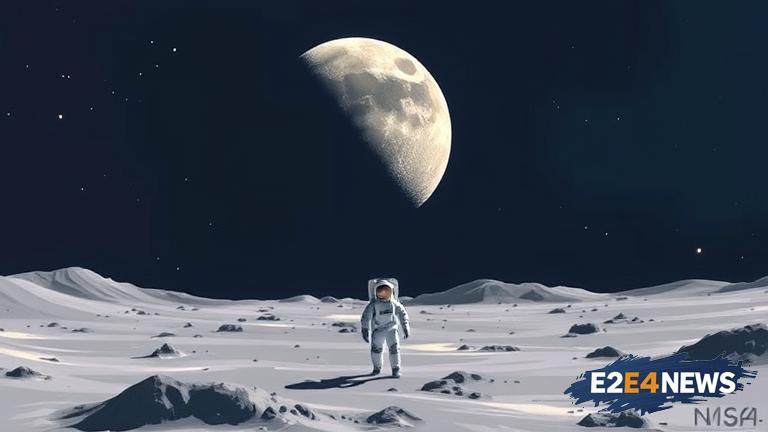The National Aeronautics and Space Administration (NASA) is pushing forward with its Artemis program, a comprehensive effort to return humans to the Moon by 2025. The program, which was announced in 2019, aims to establish a sustainable presence on the lunar surface, with the ultimate goal of sending humans to Mars and beyond. The Artemis program is a major undertaking, with a budget of over $2.5 billion allocated for the fiscal year 2023. The program involves the development of a new lunar lander, the Space Launch System (SLS) rocket, and the Orion spacecraft. The SLS rocket, which is currently under development, will be the most powerful rocket ever built, capable of carrying heavy payloads to the Moon and beyond. The Orion spacecraft, which is also under development, will be used to transport astronauts to the Moon and provide life support systems for the crew. The lunar lander, which is being developed in partnership with private companies, will be used to transport astronauts from the Orion spacecraft to the lunar surface. The Artemis program is a critical step towards establishing a sustainable presence on the Moon, with the ultimate goal of using the Moon as a stepping stone for further human exploration of the solar system. The program is also expected to drive innovation and create new opportunities for scientific research and discovery. NASA has already made significant progress on the program, with the successful completion of several major milestones, including the launch of the Artemis I mission in November 2022. The Artemis I mission, which was an uncrewed test flight, demonstrated the capability of the SLS rocket and the Orion spacecraft to send a spacecraft to the Moon and return it safely to Earth. The next major milestone for the program is the Artemis II mission, which is scheduled to launch in 2024 and will send the first woman and the first person of color to the Moon. The Artemis III mission, which is scheduled to launch in 2025, will mark the first time humans have visited the Moon since the last Apollo mission in 1972. The Artemis program is a major achievement for NASA and the United States, and is expected to inspire a new generation of scientists, engineers, and explorers. The program is also expected to drive economic growth and create new opportunities for businesses and industries. Overall, the Artemis program is a critical step towards establishing a sustainable presence on the Moon and beyond, and is expected to have a major impact on the future of space exploration. The program is a testament to the power of human ingenuity and the boundless potential of space exploration. With the Artemis program, NASA is poised to make history once again, and to inspire a new generation of space enthusiasts around the world.
